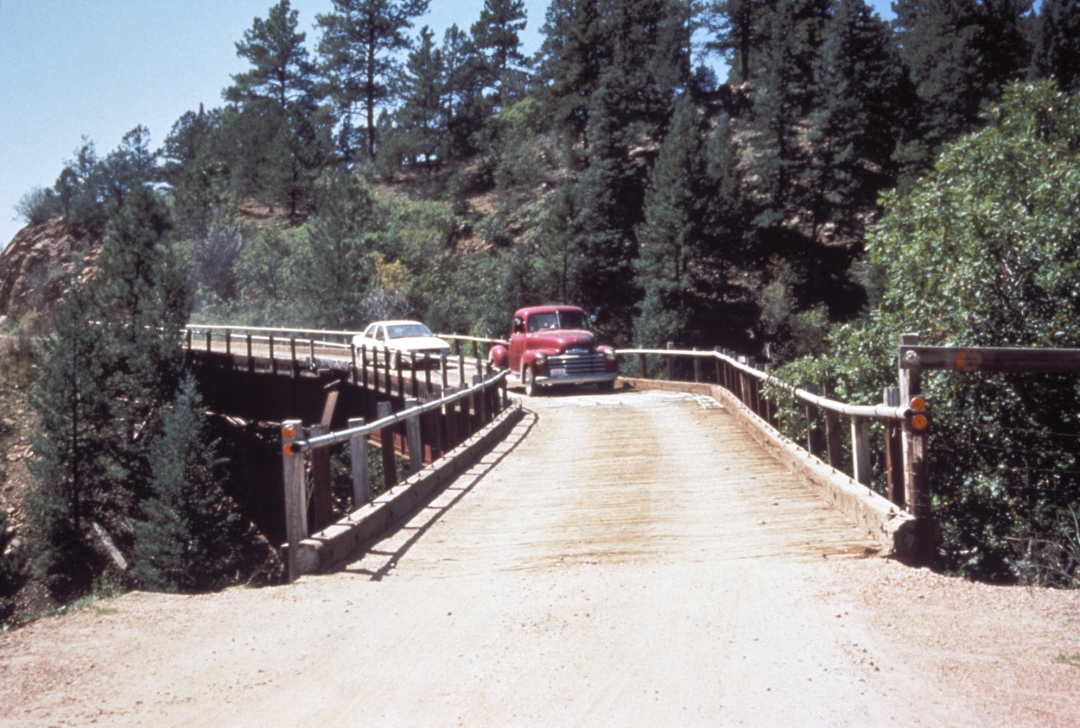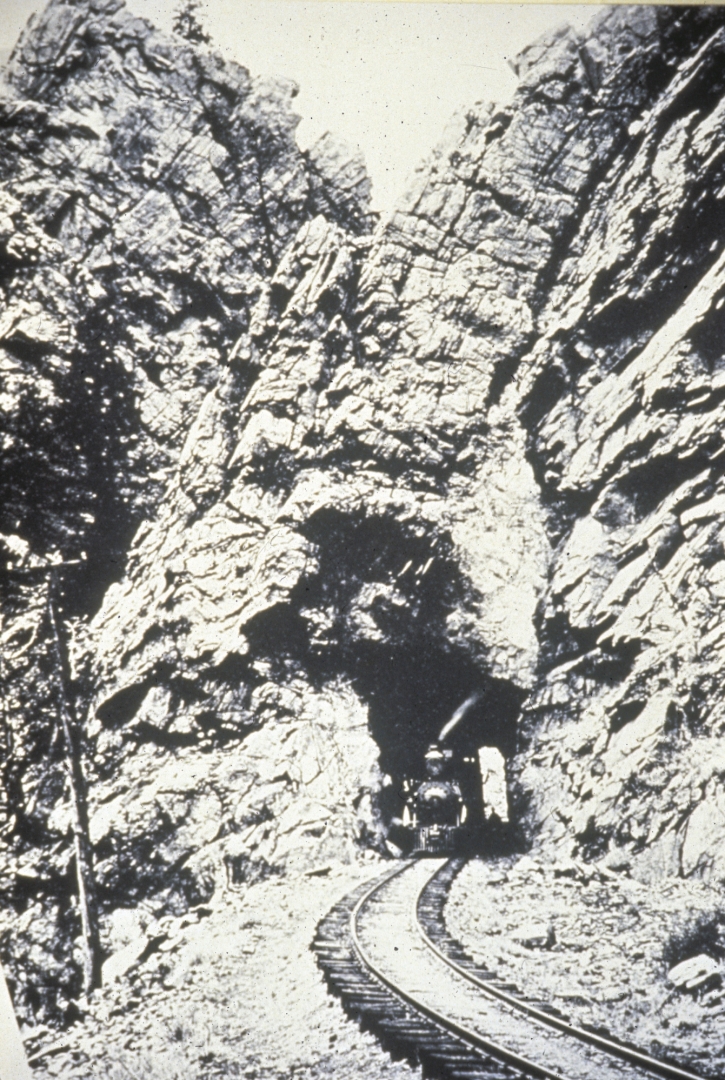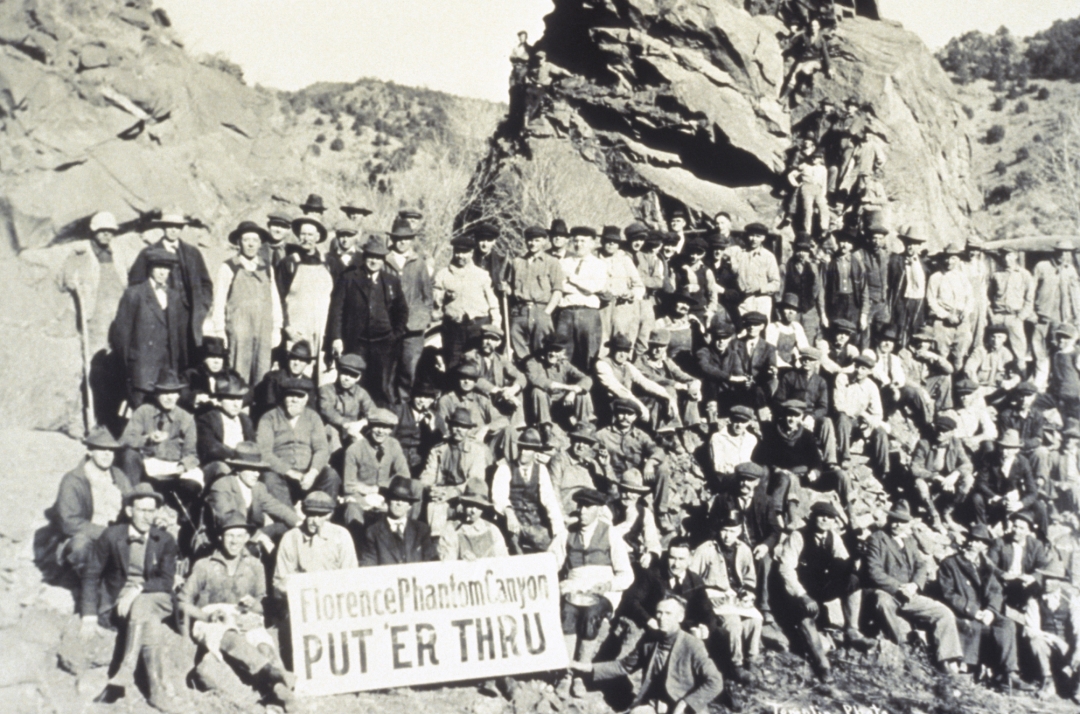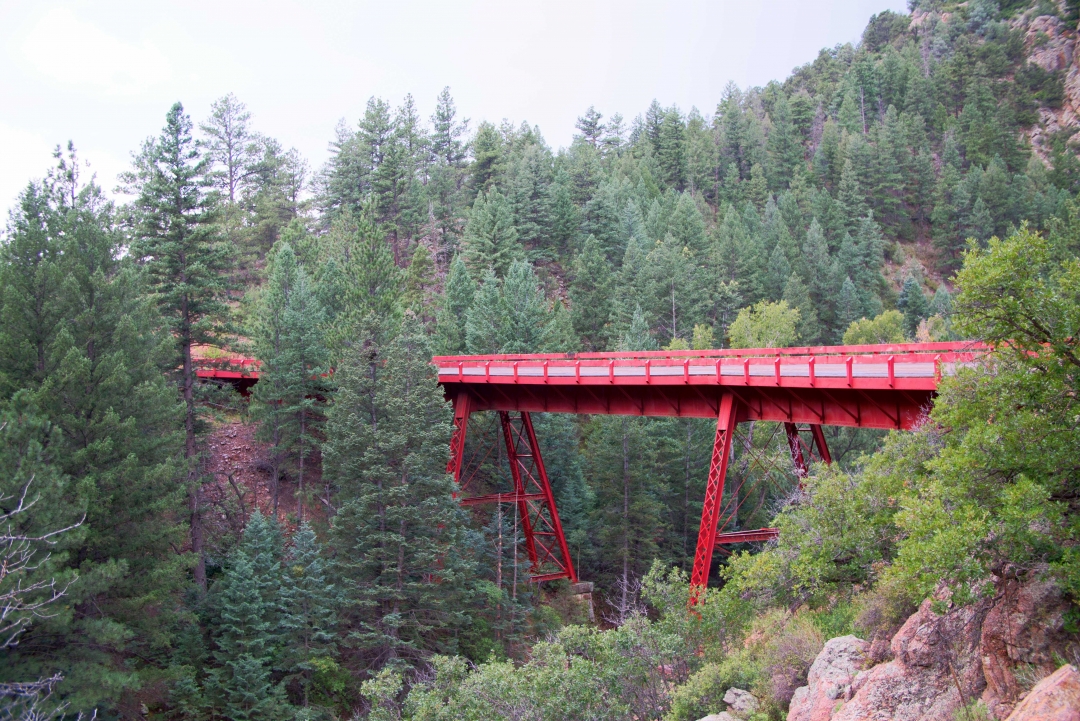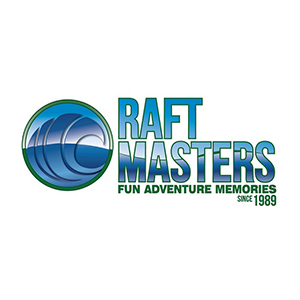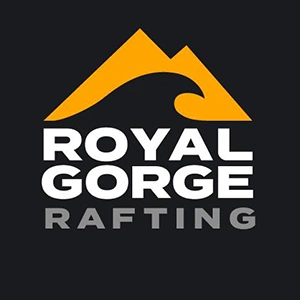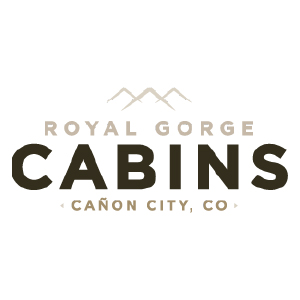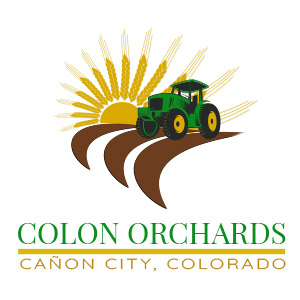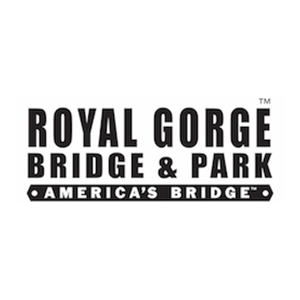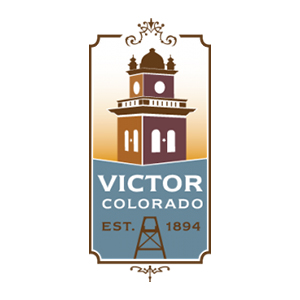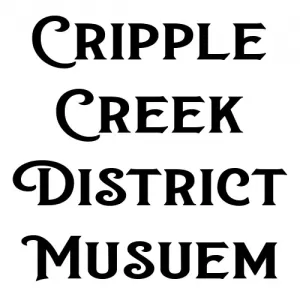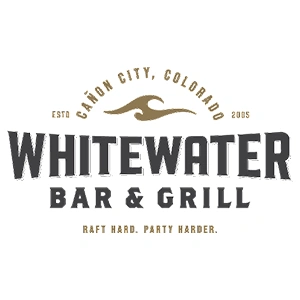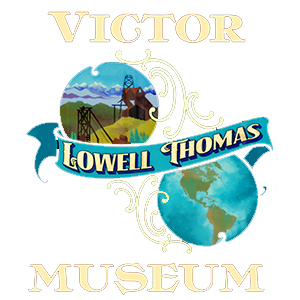Byway Attractions
Phantom Canyon - 01
Florence
38.386931, -105.11506
In 1880, James A. McCandless purchased a 160-acre homestead just south of the Arkansas River. Soon after, the Denver and Rio Grande Railroad laid tracks to the Arkansas Valley�s coal mines. The railroad stop became known as Frazierville or La Bran. The McCandless homestead adjoined the railroad�s branch line to the coal mines. McCandless staked his fortune on the railroad and platted part of his farm as a town site. He named the town �Florence� in honor of his young daughter.
The discovery of the Florence Oil Field in 1881 brought increased prosperity to the area. Over the next several decades, Florence became an important center for oil production and refining. Residential areas and the downtown business district expanded to provide the goods and services required by the thousands of people employed by Standard Oil.
In 1890, the discovery of gold in Cripple Creek proved a boon to Florence, too. Once again, James A. McCandless led the push for a road from Florence to the gold mines. The Arkansas River possessed plentiful land, water, and fuel � all scarce in the mining district. McCandless joined forces with several other prominent citizens and built the Florence Free Road in 1892, following the canyon of Eightmile Creek. The road was a roaring success � carrying supplies to the burgeoning mining district.
Just over one year later, Denver tycoon David H. Moffat financed the transformation of the Florence Free Road to the Florence and Cripple Creek Railroad. Construction began in December of 1893. On July 1, 1894, hundreds of people celebrated the arrival of the first train in Cripple Creek � a Florence and Cripple Creek Railroad passenger train.
In 1900, Florence�s prosperity reflected the immense wealth flowing from the Cripple Creek Mining District. Now, Florence�s population numbered seven thousand. Each day, several trains carried coal, lumber bricks, merchandise, machinery, and food into the mining district and returned heavy with gold ore. Florence�s eight mills processed more than 1,300 tons of gold ore daily.
At present the myriad of antique stores and art galleries in Florence are honoring our historical past and recycling for future generations. �Come and enjoy all the fine shops, restaurants, historical buildings and many family activities in friendly Florence.
A Look at Florence
Phantom Canyon - 02
Phantom Canyon
38.437535, -105.113011
The Cripple Creek Gold Mining District, destined to be the world's richest gold camp, had a slow start. Early in the gold boom, rough trails and wagon roads were the only way to the mining district. Horse-drawn wagons carried gold or 20 miles north of Cripple Creek to the Colorado Midland Railroad for shipment to smelters in Pueblo and Denver. Wagons were so costly and slow that only the richest ore left the district. Cripple Creek needed modern transportation.
In 1894, the race was on to bring rail service to the mining district. From the south, the tracks of the Florence and Cripple Creek Railroad, the F&CC, climbed through rugged Phantom Canyon. The F&CC was a narrow gauge railroad; the distance between the rails was three feet. This made construction through the rugged terrain easier and faster.
On May 27, 1894, the first passenger train of the Florence and Cripple Creek Railroad climbed up Phantom Canyon to the town of Victor. The F&CC won the race to the mining district connecting Cripple Creek with the modern world. For 18 months, the F&CC enjoyed a virtual monopoly on rail transportation in and around the mining district.
A Look at Phantom Canyon
Phantom Canyon - 03
Cramer
38.435875, -105.108049
A station at the lower end of railroad route. The Cramer station is where helper engines that had disengaged at the top of the climb near Victor, traveled back down the grade to hook up with and haul up another train.
Phantom Canyon - 04
Tunnel 1
38.519568, -105.124265
Built in 1895 following a devastating flood, F&CC they decided to raise the line out of the flood danger. In doing so they had to blast, chisel and cut there way through the granite, no timbers support the structure., building 1 of the 2 tunnels still used today.
Phantom Canyon - 05
McCourt Station
38.537464, -105.119517
In 1894, the Western Union Telegraph Company agreed to provide a telegraph line paralleling the railroad line. This station was the site of a small telegraph office and passing track. Messages sent by telegraph coordinated train movements along busy rails.
Phantom Canyon - 06
Adelaide Tunnel - 2nd Tunnel
38.54822, -105.104226
This 2nd tunnel (Adelaide Tunnel) was created after the line was raised out of the creek bed just the same as the 1st tunnel was. In order to raise out of flooding danger tunnels had to be constructed in a few places.
Phantom Canyon - 07
Adelaide
38.559817, -105.090511
Adelaide is a small town along the F&CC line complete with a post office and train station that also served as a hotel of sorts if the train had to stay overnight. The trains also took on water at Adelaide station to help support the large steam engines used to power the train as well as help put out any fires that might occur along the way do to the cinders produced by the train.
On the night of July 30, 1895, a flashflood roared down the canyon destroying several miles of track and heavily damaging bridges. At Adelaide, three people died when the force of the water demolished the small boarding house near the station. The raging waters carried one body twelve miles downstream! In less than a year, six miles of track between McCourt and Adelaide were relocated and the two tunnels were bored to place the track and all buildings out of the reach of floodwaters.
Phantom Canyon - 08
Steel Bridge (Adelaide)
38.571179, -105.086688
Built in 1897, these three steel spans replaced a wooden railroad trestle that burned in 1896, it is
the only surviving original bridge on the F&CC line. When the railroad was dismantled they decided the state would have to put in a detour around where this bridge was because they were going to tear it down and recycle the steel.
The Florence Refiner on May 14, 1901 recounts a train wreck here: On Saturday morning, May 11, 1901, freight train No. 69 ran away at the Steel Bridge. Nine loaded ore cars and the engine left the track and piled upon one another in a tangle of ore, twisted iron and timber. The engineer died and the head brakeman was seriously injured.
A Look at Steel Bridge (Adelaide)
Phantom Canyon - 09
Wilbur
38.632667, -105.111919
The largest community settlement along the route with 15 families and the site of the only school house too. The F&CC would sometimes stop and throw off coal to be used for heating the school in the winter.
Phantom Canyon - 10
Victor
38.7097, -105.1408
Founded in 1893 by Brothers, Frank and Harry Woods, Victor lies at the foot of Battle Mountain, site of many of the District�s richest mines. The Independence Mine here made Windfield Scott Stratton the District�s first multi-millionare. In 1896, the Woods brothers were excatvating the foundation for a first-class hotel in the heart of Victor�s business district. The discovered a rich gold vein, scrapped the plans for the hotel and built the Gold Coin Mine.
Home to mines, miners, and a bustling business district, Victor has always taken pride in its reputation as �The City of Mines�. Victor�s gold mining history is still being written, as it is headquarters for the Cripple Creek and Victor Gold Mining Company � a modern gold mine located just outside of town.
The Victor Downtown Historic District reflects the wealth and prosperity that resulted from the Gold Mining operations. The Historic Victor Hotel located at Fourth Street and Victor Ave, was constructed for Frank and Harry Woods, who operated a bank in a portion of the first floor retail space. Just a few blocks away, the brick foundation and grand hoist of the Gold Coin Mine are visible.
At the edge of town lies Battle Mountain, where a short walk takes you to Stratton�s Independence Mine and Mill. You can also enjoy a close-up view of the Portland, Ajax, Strong and Gold Coin Mines and a bird�s eye view of historic Victor.
Victor, Colorado�s modern day treasures are the result of its rich gold rush history. Victor, about 5 miles from Cripple Creek, was platted in 1893. The streets of Victor were paved with gold during the hey day of the 1890�s gold rush. Today the streets are line with a wealth of history as century-plus-old buildings stands as a legacy to the hustle and bustle of previous times.
Phantom Canyon - 11
Victor Lowell Thomas Museum
38.70997, -105.139853
The Lowell Thomas Museum houses artifacts and displays that depict the town�s golden history- as well as a room full of memorabilia from Lowell Thomas, America�s celebrated radio and television journalist.
Phantom Canyon - 12
Victor City Hall
38.71063, -105.142424
The Victor City Hall, built in 1899 after the fire that destroyed city�s downtown, has been refurbished to its original condition. City Hall is home to the government offices. Also in City Hall is the old town jail. Inscribed on one cell wall is Jack Dempsey�s signature. The famous boxer trained in Victor and worked in the local mines mucking ore for a living. Historically the fire fighting equipment was housed in a bay behind the large wooden double garage doors on the ground floor. The traditional council and court chambers are located upstairs.
Phantom Canyon - 13
Vindicator Mine Trail Head
38.725172, -105.123406
This trail offers aces to Vindicator Valley, the historic location of the town of Independence and several of the district�s largest mines. Interpretive signs with historic photos of 1890�s gold mines, information about railroads, gold rush towns, as well as current-day mining and reclamation are located along trail.

